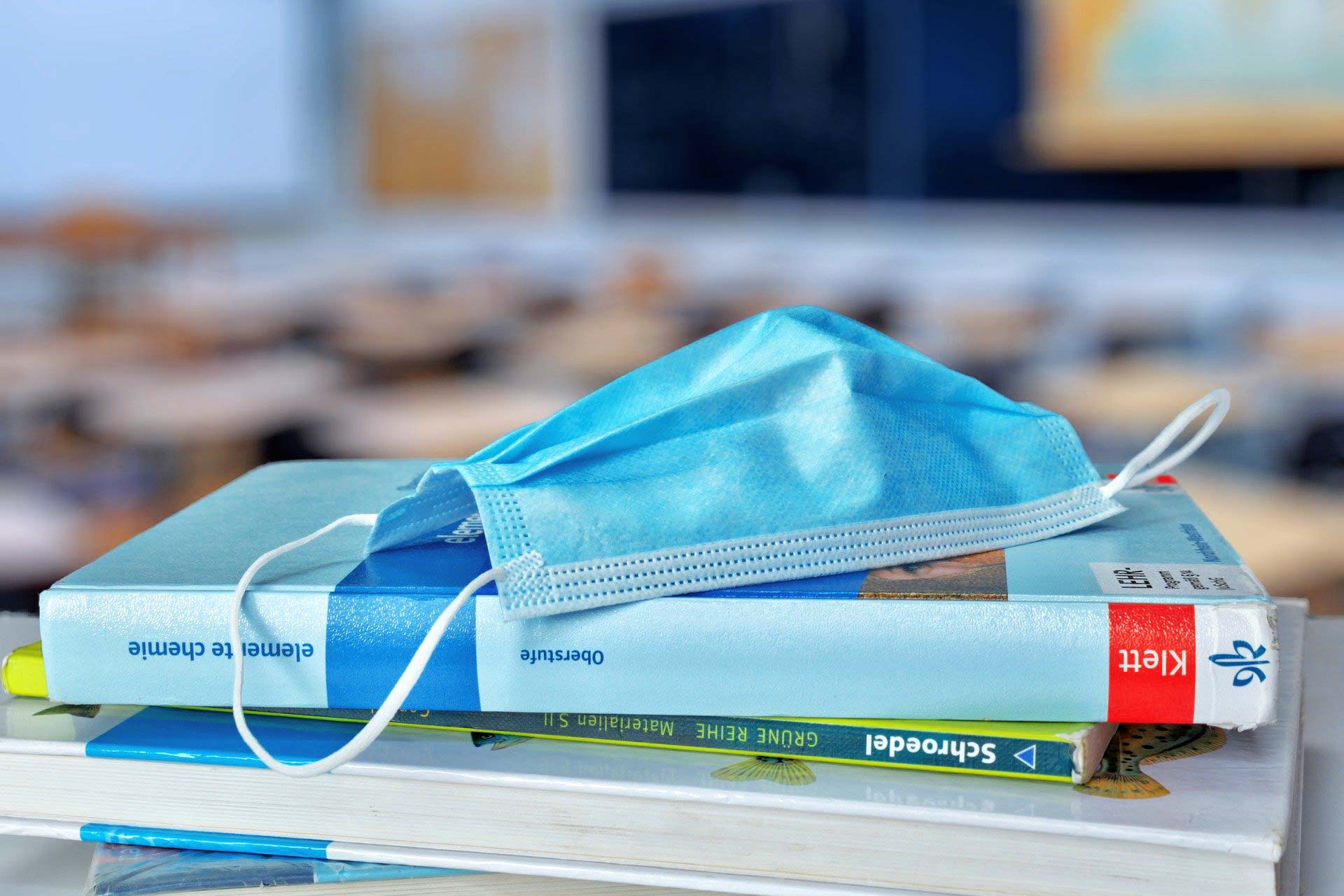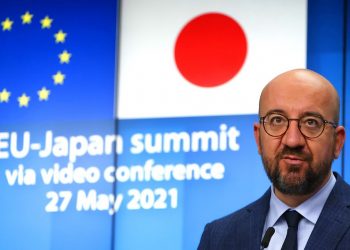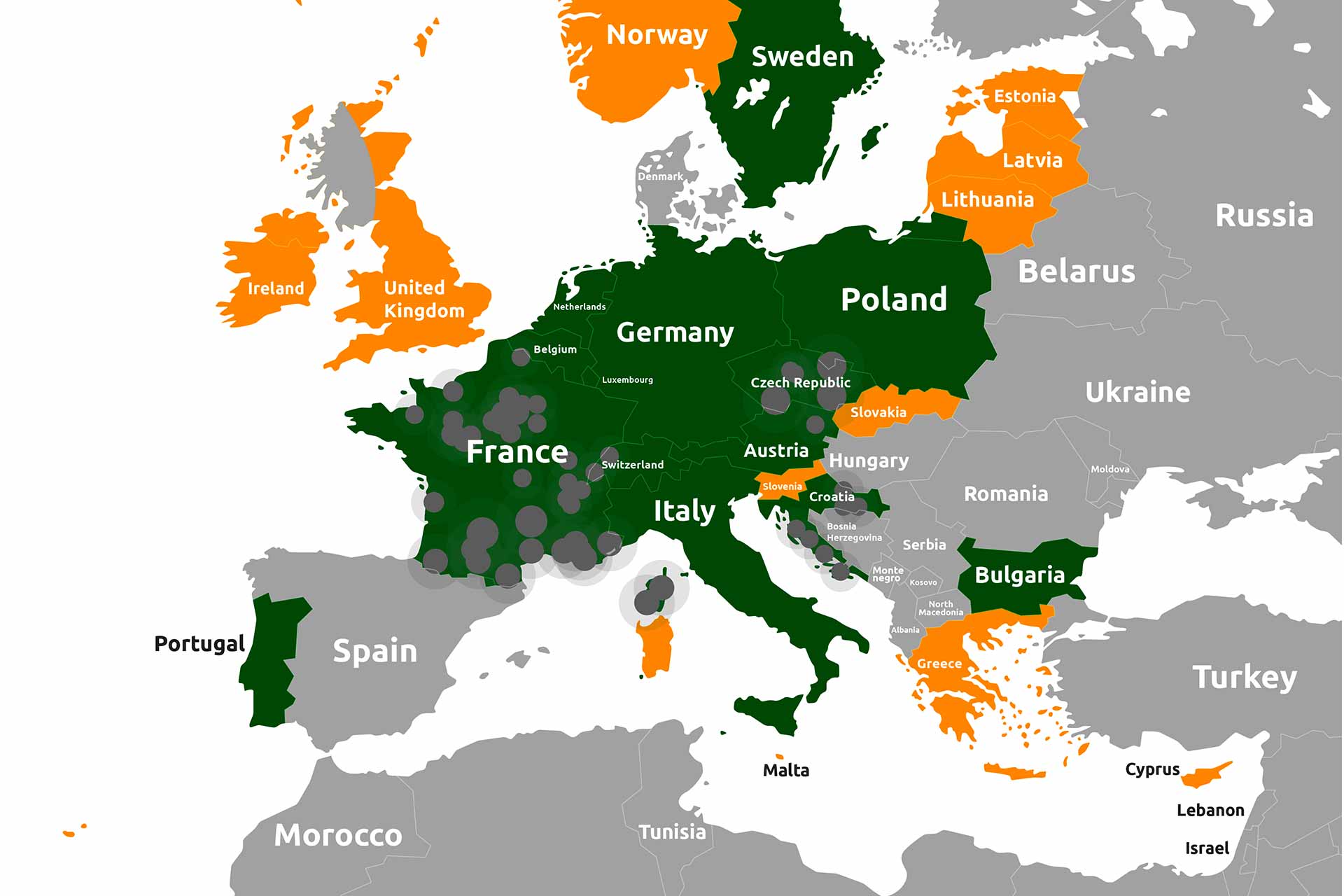COVID-related school closures risk pushing an additional 72 million primary school aged children into learning poverty. Children are unable to read and understand a simple text by age 10. This is the definition of Learning Poverty according to two new World Bank reports released. The reports outline a new vision for learning and the investments and policies. They also include education technology, that countries can implement today to realize this vision.
Learning Poverty
All children should be able to read by age 10. Reading is a gateway for learning as the child progresses through school – and conversely. An inability to read slams that gate shut. Beyond this, when children cannot read, it’s usually a clear indication that school systems aren’t well organized. They cannot help children learn in other areas such as math, science, and the humanities either. And although it is possible to learn later in life with enough effort, children who don’t read by age 10 – or at the latest, by the end of primary school – usually fail to master reading later in their schooling career.
In recent years, it has become clear that many children around the world are not learning to read proficiently. Even though the majority of children are in school, a large proportion are not acquiring fundamental skills. Moreover, 260 million children are not even in school. This is the leading edge of a learning crisis. This crisis threatens countries’ efforts to build human capital and achieve the Sustainable Development Goals (SDGs). Without foundational learning, students often fail to thrive later in school or when they join the workforce. They don’t acquire the human capital they need to power their careers and economies once they leave school, or the skills that will help them become engaged citizens and nurture healthy, prosperous families.
COVID19 learning poverty – A global learning crisis
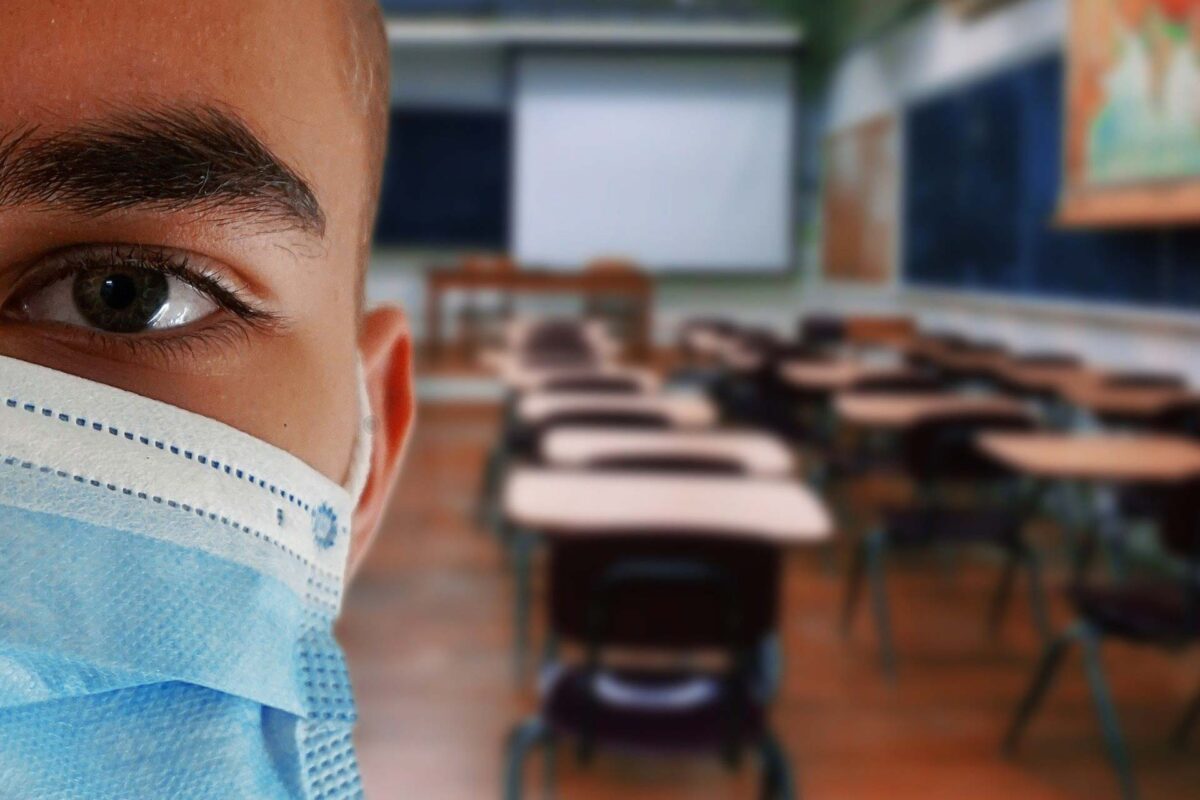
Debate: Higher Education in Africa: Next steps for Tuning and Harmonisation
The pandemic is amplifying the global learning crisis that already existed. It could increase the percentage of primary school-age children in low- and middle-income countries living in learning poverty to 63 percent from 53 percent. It puts this generation of students at risk of losing about $10 trillion in future life-time earnings. This is an amount equivalent to almost 10 percent of global GDP.
Realizing the Future of Learning
The new report, Realizing the Future of Learning: From Learning Poverty to Learning for Everyone, Everywhere, lays out a vision for the future of learning. Thiscan guide countries today in their investments and policy reforms. They could build more equitable, effective, and resilient education systems. Countries could ensure that all children learn with joy, rigor, and purpose in school and beyond the school walls.
Reimagining Human Connections
The accompanying report, Reimagining Human Connections: Technology & Innovation at the World Bank, presents the World Bank’s new approach to guide investments in education technology. This technology can truly serve as a tool to make education systems more resilient to catastrophic shocks like COVID-19. They will help in reimagining the way education is delivered.
Having over half of children worldwide in learning poverty is unacceptable.
“Without urgent action, this generation of students may never achieve their full capabilities and earnings potential, and countries will lose essential human capital to sustain long-term economic growth,” said Mamta Murthi, World Bank Vice President for Human Development, in today’s launch event. “We cannot continue with business as usual in education delivery. Through visionary and bold action, policymakers and stakeholders around the globe can turn this crisis into a boon to transform education systems so that all children can truly achieve learning with joy, rigor, and purpose, everywhere.”
The COVID-19 pandemic has brought two massive shocks.
School closures have left most students on the planet out of school. There are 1.6 billion students at the peak in April 2020, and still almost 700 million students today. The negative impact of the unprecedented global economic contraction on family incomes has increased the risk of school dropouts. Marginalized groups are likely to fall further behind. Girls are facing increased risk of adolescent pregnancy and early marriage during the pandemic. And children with disabilities, ethnic minorities, refugees, and displaced populations are less likely to access suitable remote learning materials and to return to school post-crisis.
e-Learning / Video-Learning / Distance Learning
In responding to the pandemic, education systems rapidly implemented innovations in remote learning at scale. To reach as many children and youth as possible, they have used multi-modal remote learning approaches. These combine online resources with radio, TV, mobile, as well as printed materials for the most vulnerable. However, the huge digital divides – from connectivity to digital skills – and inequalities in the quality of parental support and home learning environments is amplifying learning inequality.
Welcome back to school

There is a window of opportunity
“Effective action today to mitigate large and mounting learning losses, recover, and rebuild stronger is needed more urgently than ever to accelerate the acquisition of foundational skills and, increasingly, 21st-century skills for every child,” said Jaime Saavedra, World Bank Global Director for Education. “There is a window of opportunity to build on the lessons of the pandemic and to build back a system that is equitable, where all schools and homes have the conditions and support for learning; that is effective, where teachers and schools are equipped to support each student at the level she needs; and that is resilient, with education services that are well-managed and ensure continuity in the learning process between the school and the home and community.”
Ending Learning Poverty: What Will It Take?
Countries can chart their own path with a political commitment to carry out investments and reforms in five pillars that ensure that:
1. Learners are prepared and motivated to learn – with a stronger emphasis on whole-child development and support to learning continuity beyond the school, as well as better preparation through quality preschool, early stimulation, and nutrition.
2. Teachers are effective and valued – and ready to take on an increasingly complex role supported by technology that enables teaching students of diverse learning levels. This requires a meritocratic career path and continuing support through practical training that focuses on the quality of instruction.
3. Learning resources, including an effective curriculum and blended learning, supporting pedagogical practices. They ensure that every student is taught at the level she needs.
4. Schools are safe and inclusive spaces—with a whole-and-beyond-the-school approach to prevent and address violence and leave no child behind.
5. Education systems are well-managed – with school leaders who spur more effective pedagogy and a competent educational bureaucracy adept at managing using technology, data, and evidence.
What core principles should guide reform efforts, so that policies within each of these pillars offer the greatest value for money and are scalable and sustainable? While there is no single path toward the future of learning, high-performing systems share some common tenets. Pursue systemic reform, supported by political commitment and a whole-of-government approach, that focuses on learning for all children; focus relentlessly on equity and inclusion; act on the basis of evidence and focus on results; ensure the necessary financial commitment; and make smart investments in education technology.
Learning poverty
World Bank outlines a New Vision to ensure that every child learns, everywhere

World Bank report: Reimagining Human Connections
Throughout the five pillars, countries can effectively harness the power of education technology—or “EdTech,” encompassing hardware, software, digital content, data, and information systems—to support and enrich teaching and learning and improve education management and delivery. As noted in the Bank’s new Reimagining Human Connections: Technology & Innovation at the World Bank report, EdTech can create new connections between teachers, students, parents, and broader communities to create learning networks. The investments in EdTech can pay off if ministries of education ensure they are:
- Embedded in broad, sustainable policies and programs. They enable schools and education systems to provide blended in-person and multi-modal remote learning;
- Geared to support teachers being prepared to navigate distance learning and personalize instruction in and beyond the school; and
- Oriented toward assessing that learning is actually happening and using data to develop early warning mechanisms. They identify and help children who are at risk of dropping out or falling behind.
How Do We Educate Children During the Coronavirus Pandemic?
What is Learning Poverty?
To spotlight this crisis, WBG is introducing the concept of Learning Poverty. WBG works on new data developed in coordination with the UNESCO Institute for Statistics. Learning poverty means being unable to read and understand a simple text by age 10. This indicator brings together schooling and learning indicators. It begins with the share of children who haven’t achieved minimum reading proficiency (as measured in schools). It is adjusted by the proportion of children who are out of school (and are assumed not able to read proficiently).
Currently, 53 percent of children in low- and middle-income countries cannot read and understand a simple story by the end of primary school. In poor countries, the level is as high as 80 percent. Such high levels of illiteracy are an early warning sign that all global educational goals and other related sustainable development goals are in jeopardy.
There is an urgent need for a society-wide commitment to invest more and better in people. If children cannot read, it is clear that all education SDGs are at risk. Eliminating learning poverty is as important as eliminating extreme monetary poverty, stunting, or hunger. To achieve it in the foreseeable future requires far more rapid progress at scale than we have yet seen.

World Bank Group (WBG)
The World Bank calls on the global community to cut by at least half the global rate of Learning Poverty. The definition of Learning Poverty is the percentage of 10-year-old children who cannot read and understand a simple story. New data jointly produced with the UIS show that 53 percent of 10-year-old children in low- and middle-income countries cannot read and understand a simple story. In the poorest countries, the number is often close to 80 percent. The World Bank aims to address barriers to basic literacy through a new campaign. This campaign heads of multilateral agencies have pledged to work together to develop better data on learning through the UNESCO-led Global Coalition for Education Data.
For its part, the World Bank’s Education Global Practice has rapidly ramped up its support to countries. In all, the World Bank is supporting COVID-19 response investments in 62 countries, It covers the entire cycle from early childhood to higher education. The Bank’s overall new commitments in education during the last fiscal year reached US$5.2 billion. It is the largest figure ever, and expects to add another US$6.3b this year. The World Bank is supporting the appropriate, cost-effective use of EdTech for expanding access and improving learning for all students. So far, WB efforts are reaching over 400 million students and 16 million teachers—about one-third of the student population and nearly a quarter of the teacher workforce in current client countries.
100 countries to protect the poor and vulnerable
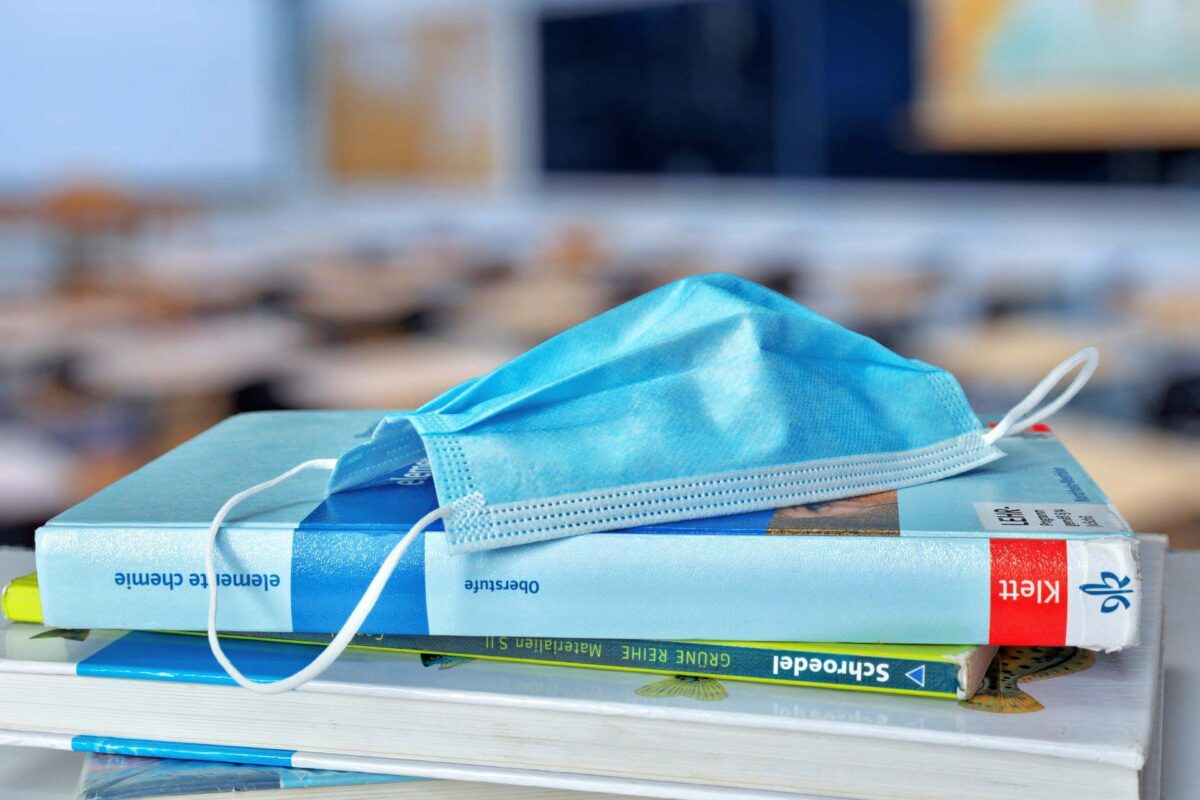
Overall, the World Bank Group (WBG), one of the largest sources of funding and knowledge for developing countries, is taking broad, fast action to help developing countries strengthen their pandemic response. It is supporting public health interventions, working to ensure the flow of WBG supplies and equipment, and helping the private sector continue to operate and sustain jobs. The WBG is making available up to $160 billion over a 15-month period ending June 2021 to help more than 100 countries protect the poor and vulnerable, support businesses, and bolster economic recovery. This includes $50 billion of new IDA resources through grants and highly concessional loans and $12 billion for developing countries to finance the purchase and distribution of COVID-19 vaccines.

